16 Must-Visit Places That Are Transforming Eco-Tourism For The Better
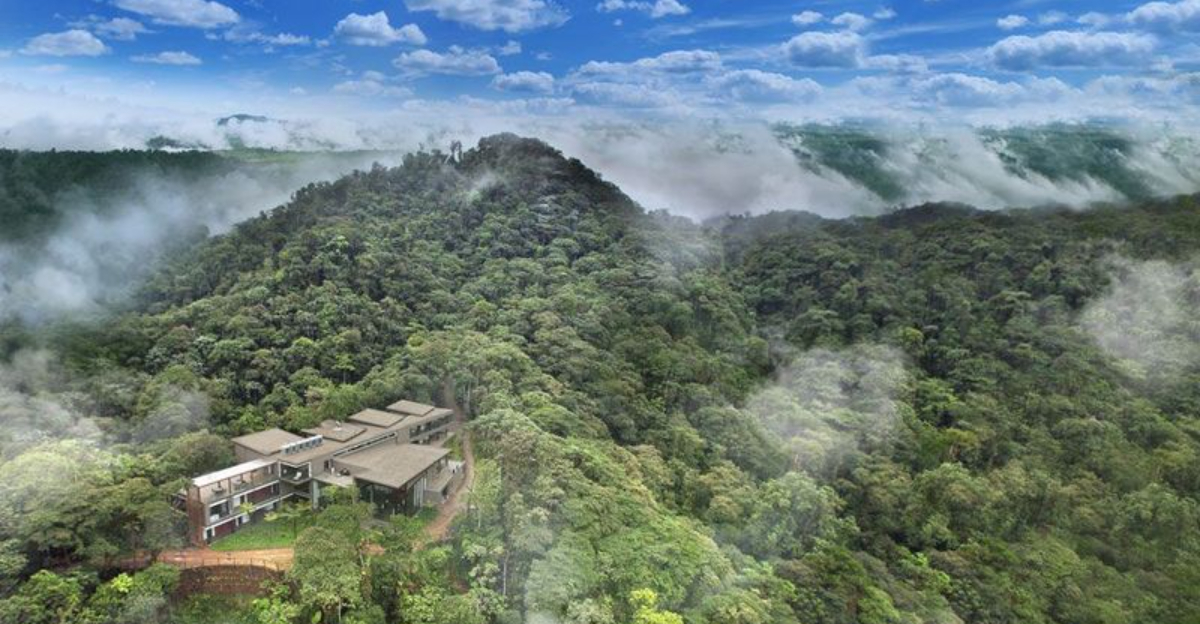
Tired of travel that leaves a heavy footprint? You’re not alone. More and more travelers are seeking ways to explore the world without damaging the very places they came to admire.
I’ve uncovered 16 destinations that are doing it right—where your visit helps support conservation, local communities, and the environment. Whether it’s sleeping in a jungle eco-lodge or diving into crystal-clear waters protected by grassroots efforts, these places prove that adventure and responsibility can go hand in hand.
Ready to make your next trip matter?
1. Costa Rica Rainforests
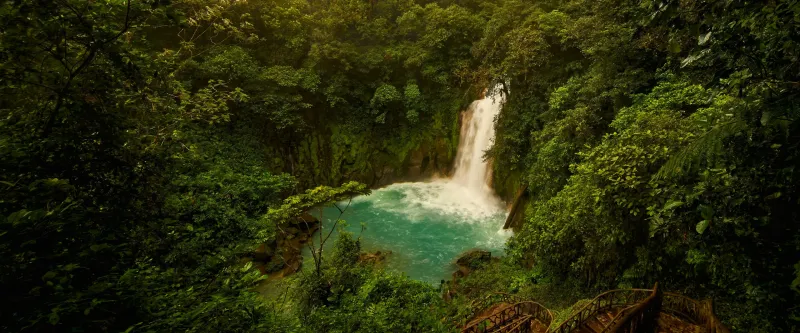
Imagine walking through misty jungle paths where sloths hang lazily above and colorful frogs hop along the forest floor. Costa Rica’s rainforests showcase how a country can protect nature while welcoming visitors.
The government has reversed deforestation by dedicating over 25% of its land to national parks and reserves. Eco-lodges built with sustainable materials blend into the landscape, using solar power and rainwater collection. Local guides, often from indigenous communities, share traditional knowledge about medicinal plants and wildlife.
Their participation ensures tourism dollars directly support conservation and community development rather than foreign corporations.
2. Bhutan’s Carbon Policy
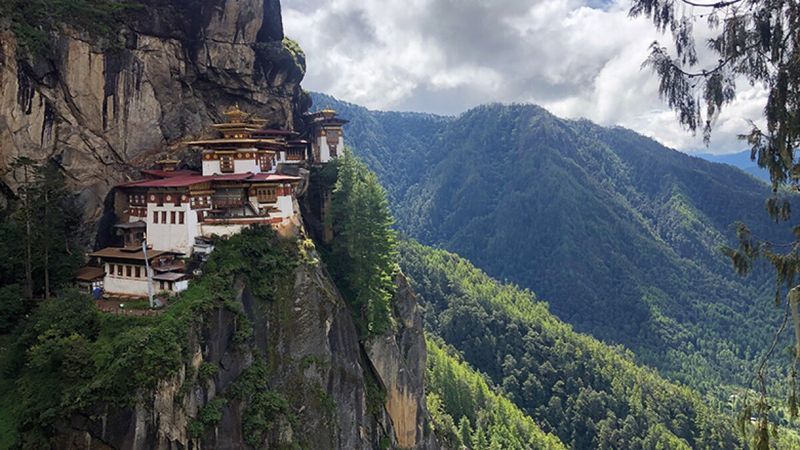
High in the Himalayan mountains sits a tiny kingdom that gives more to our planet than it takes. Bhutan remains the world’s only carbon-negative country, absorbing more carbon than it produces through strict environmental protections.
Visitors pay a daily sustainability fee of $200-$250, which might seem steep until you learn what it funds: free healthcare and education for citizens, maintenance of carbon-absorbing forests that cover 70% of the land, and infrastructure for sustainable tourism.
Ancient Buddhist monasteries perched on cliffsides remind travelers of the Bhutanese philosophy measuring progress through Gross National Happiness rather than economic growth alone.
3. Galápagos Conservation Zones

Darwin’s living laboratory continues to evolve—not just biologically but in how it manages tourism. The Galápagos Islands strictly limit visitor numbers and enforce paths that keep humans at safe distances from the fearless wildlife.
Marine protected areas surrounding the islands have become models for ocean conservation worldwide. Fishing restrictions allow marine populations to thrive, creating underwater spectacles for snorkelers swimming alongside playful sea lions and gentle sea turtles.
Certified guides accompany all visitors, ensuring rules are followed while providing education about the fragile ecosystem. The entrance fee ($100 per person) directly funds conservation efforts that protect this extraordinary evolutionary showcase.
4. Slovenia’s Green Capitals

Ljubljana surprised the world by transforming from a traffic-clogged city to a pedestrian paradise practically overnight. Slovenia’s capital closed its downtown to cars, creating vibrant public spaces where locals and tourists mingle among outdoor cafés and riverside markets.
Beyond the capital, the alpine town of Bled demonstrates how popular destinations can handle visitors sustainably. Electric boats replaced motorized ones on its famous lake, while hiking trails are thoughtfully maintained to prevent erosion.
Did you know Slovenia was the first country declared a Green Destination of the World? Nearly 60% remains forested, with over a third of its territory under environmental protection—proving small countries can make huge environmental impacts.
5. Borneo Wildlife Corridors
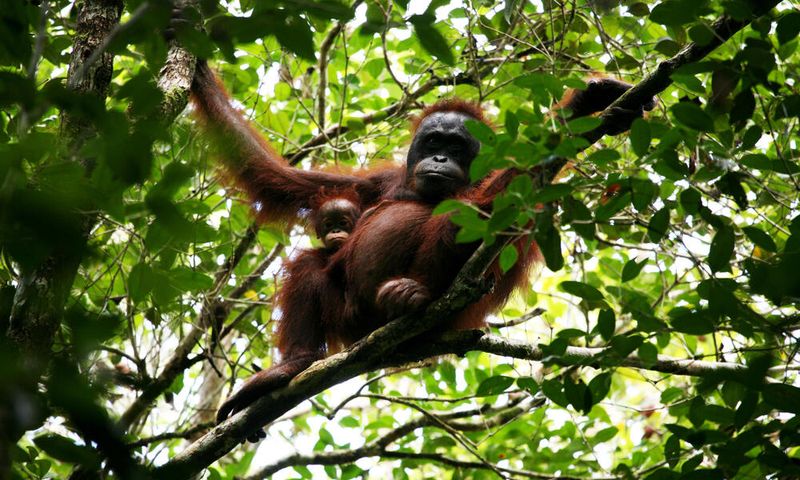
Orangutans swing through trees while pygmy elephants forage below—scenes becoming rarer as palm oil plantations fragment Borneo’s rainforests. Wildlife corridors offer hope, connecting isolated forest patches so animals can travel safely.
Local communities who once relied on logging now work as guides, researchers, and conservation officers. Their knowledge proves invaluable for tracking elusive creatures like clouded leopards or spotting the world’s largest flower, the Rafflesia.
Responsible tour operators contribute portions of their fees to expanding these corridors. Some even offer tourists hands-on conservation experiences like planting native trees or assisting with wildlife monitoring—turning vacation time into meaningful action for endangered species protection.
6. Iceland Geothermal Initiatives
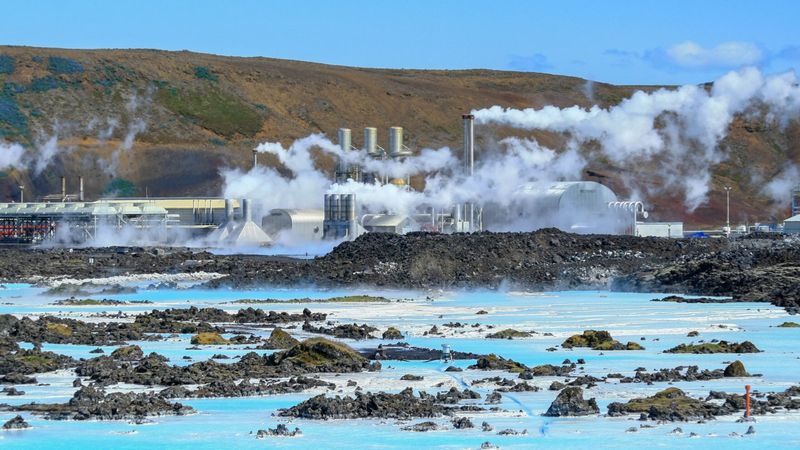
Steam rises from the otherworldly landscape where Iceland harnesses the power beneath its feet. This volcanic island generates nearly 100% of its electricity from renewable sources, with geothermal energy heating homes, powering greenhouses, and creating tourist attractions like the Blue Lagoon.
Visitors can tour geothermal plants to understand how hot water from deep underground provides sustainable energy. The Hellisheiði Power Plant even captures carbon dioxide and injects it back underground, where it turns to stone—literally removing carbon from the atmosphere. Though remote, Iceland demonstrates how even harsh environments can pioneer green solutions.
Their success has inspired other volcanic regions to explore similar technologies, spreading sustainable practices worldwide.
7. Rwanda’s Gorilla Safaris
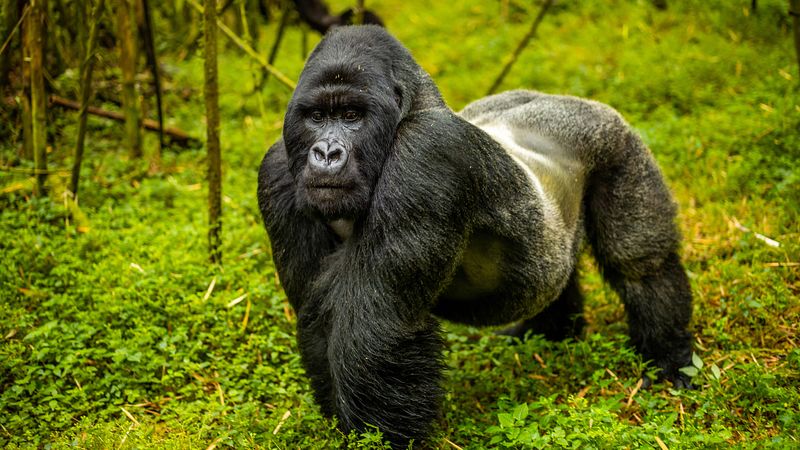
Face-to-face with a silverback gorilla, visitors experience a profound connection with our closest relatives in the mist-shrouded mountains of Rwanda. These encounters come at a premium—permits cost $1,500 per person—but the impact justifies the price.
When poaching threatened mountain gorillas with extinction, Rwanda transformed them into valuable tourist attractions worth protecting. The population has grown from 240 to over 1,000 individuals, making it the only great ape species increasing in numbers.
Local communities receive 10% of permit revenues, funding schools, water systems, and healthcare facilities. Former poachers now work as porters and trackers, earning stable incomes while protecting the animals they once hunted.
8. New Zealand Eco-Lodges
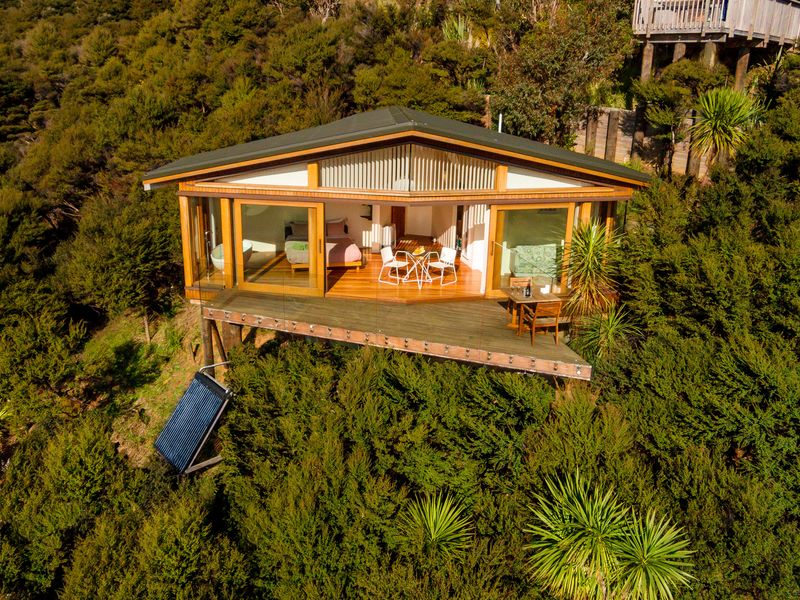
Tucked between ancient kauri trees and pristine beaches, New Zealand’s eco-lodges redefine luxury as harmony with nature rather than excess. Solar panels and rainwater collection systems operate invisibly while providing modern comforts with minimal environmental impact.
Many lodges participate in the Tiaki Promise—a commitment to care for New Zealand while traveling. This includes supporting restoration projects like replanting native forests or controlling invasive species that threaten kiwi birds and other unique wildlife.
If you’re lucky, your host might be Māori, sharing indigenous perspectives on conservation that blend spiritual connection with practical stewardship. These cultural exchanges often become travelers’ most treasured memories, lasting long after photographs fade.
9. Svalbard Arctic Protection
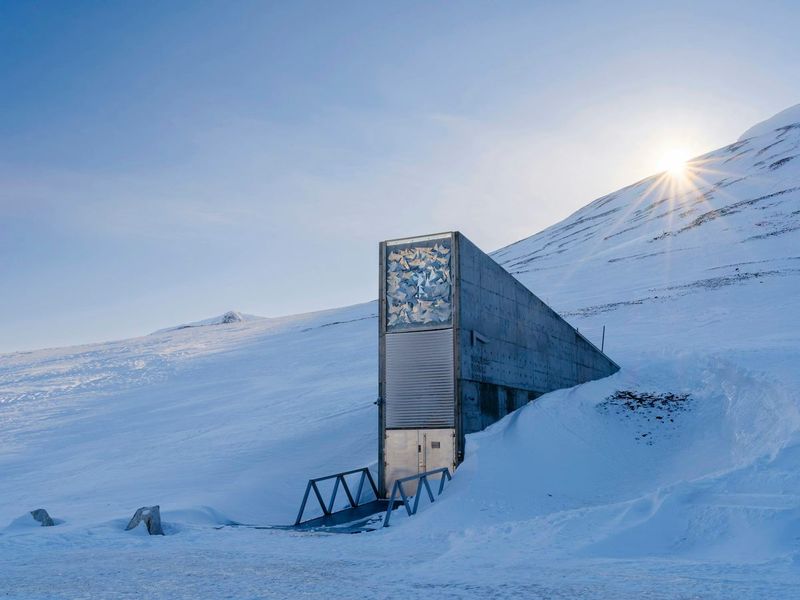
At the edge of the inhabitable world, Norway’s Svalbard archipelago offers front-row seats to both climate change impacts and cutting-edge conservation. Polar bears outnumber people on most islands, while scientists from around the world study Arctic ecosystems.
Strict regulations protect this fragile wilderness from overtourism. Ships must carry specialized ice pilots, and visitors learn proper behavior around wildlife before setting foot on shore. The community of Longyearbyen runs on renewable energy despite months of darkness each winter.
Though remote, Svalbard houses humanity’s insurance policy: the Global Seed Vault stores millions of crop seeds safe from disasters. Tourists who make the journey gain profound understanding of why preserving Arctic regions matters for the entire planet.
10. Kenya Community Reserves
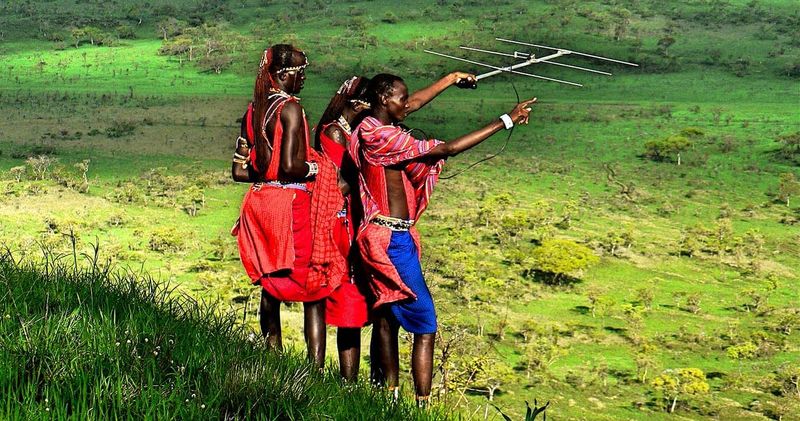
Lions roam freely across Kenya’s community-owned conservancies where Maasai warriors once traditionally hunted them. Today, these former hunters work as wildlife guardians, tracking animals and preventing poaching while sharing their intimate knowledge with visitors.
Unlike traditional national parks, these reserves direct tourism income straight to local communities. Families receive lease payments for setting aside grazing land for wildlife, while employment opportunities range from guides to chefs to solar technicians at eco-lodges.
Women particularly benefit through cultural tourism initiatives selling beadwork and leading village tours. The model has proven so successful that wildlife populations have rebounded dramatically, with elephants returning to areas they’d abandoned decades ago.
11. Finland’s Forest Silence
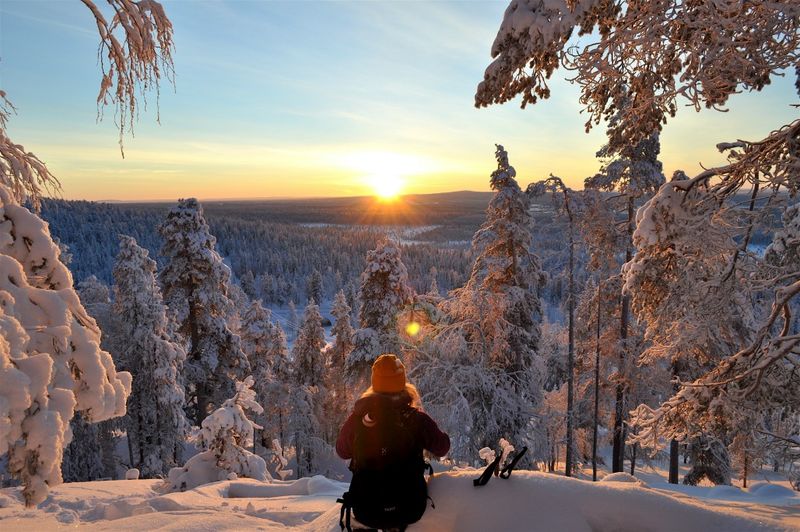
Silence has become Finland’s most precious resource in our noisy world. The country markets “silence retreats” where visitors disconnect from technology to reconnect with vast boreal forests and crystal-clear lakes. Forest bathing paths invite slow, mindful walks among pine and birch trees.
Guides teach traditional Finnish practices like wild herb gathering and sauna rituals that promote both environmental awareness and personal wellbeing. When winter transforms the landscape, Northern Lights tours use low-impact transportation like cross-country skis or reindeer sleds.
Accommodations range from glass igloos (for aurora viewing) to off-grid cabins heated by wood stoves—all designed to minimize disruption to the delicate Arctic ecosystem while maximizing connection to nature.
12. Palawan Marine Sanctuaries
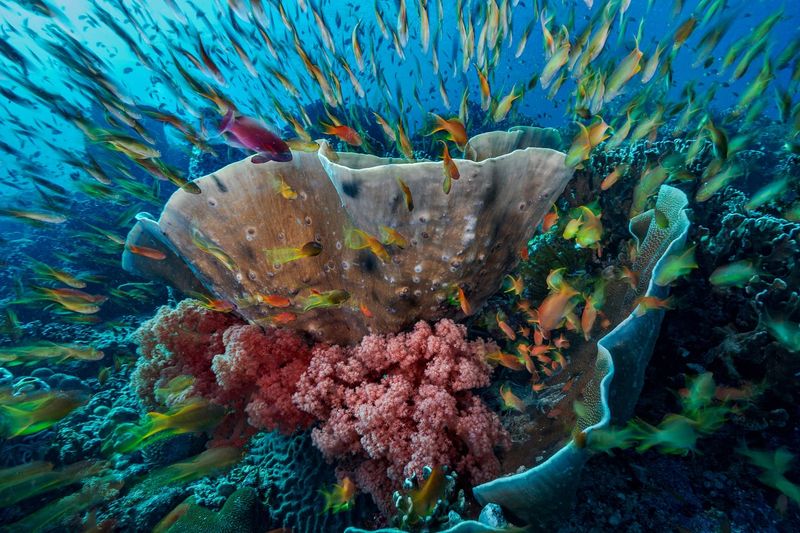
Beneath the turquoise waters surrounding Palawan island lies an underwater paradise that nearly disappeared. Destructive fishing practices once threatened the Philippines’ coral reefs until local communities established marine protected areas where fish populations could recover.
Now snorkelers marvel at vibrant coral gardens while supporting the very people who protect them. Community-managed sanctuaries charge small entrance fees that fund patrol boats and alternative livelihood projects for former fishermen. El Nido and Coron lead with strict regulations on visitor numbers and plastic use.
Boats must use mooring buoys instead of anchors that damage coral, while tourists learn about reef ecosystems before entering the water. The results speak for themselves—fish biomass inside these zones exceeds outside areas by over 400%.
13. Ecuador Cloud Forests

Mist swirls through emerald canopies where over 400 bird species flit between flowering bromeliads and orchids. Ecuador’s cloud forests represent one of our planet’s most biodiverse yet threatened ecosystems, disappearing at alarming rates to agriculture and development.
Innovative conservation projects like the Mindo Cloudforest Foundation purchase threatened land to create private reserves funded through tourism. Visitors staying at research stations might help scientists monitor rare species or participate in reforestation efforts during their stay.
Hummingbird gardens showcase dozens of species impossible to see elsewhere, while night walks reveal bizarre insects and amphibians. Many lodges partner with local chocolate producers who grow cacao under forest canopy, preserving trees while creating sustainable income for communities.
14. Tasmania Wilderness Routes
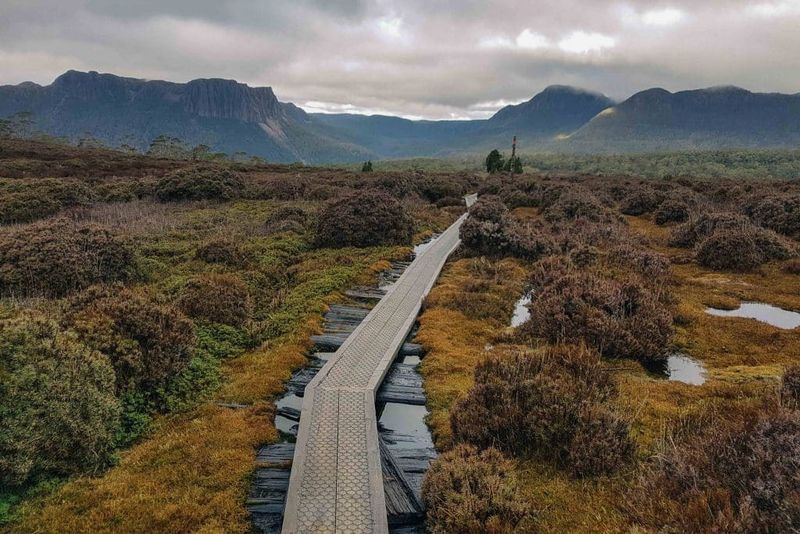
Walking the Overland Track through Tasmania’s ancient Gondwanan wilderness feels like stepping back in time. Thousand-year-old King Billy pines and strange cushion plants create landscapes that existed before humans evolved. Australia’s island state pioneered the minimal impact bushwalking code now used worldwide.
Hikers carry out everything they bring in, use designated platforms to prevent trampling rare plants, and stay on boardwalks through delicate alpine areas. Though Tasmania fought bitter environmental battles to protect these areas from logging and mining, today wilderness tourism generates far more economic value than resource extraction would have.
Guided walks employ former loggers as interpreters, transforming their deep woods knowledge into conservation assets while providing sustainable livelihoods.
15. Malawi Lake Protection
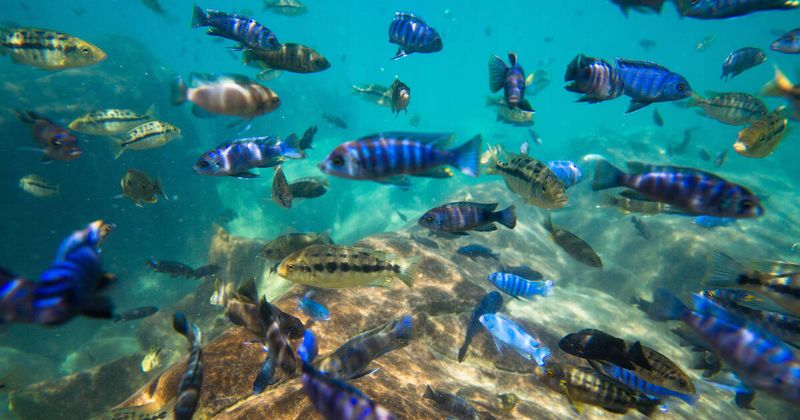
Sparkling like a sapphire across eastern Africa, Lake Malawi contains more fish species than any other lake on Earth. This extraordinary biodiversity faced threats from overfishing until innovative conservation programs paired tourism with protection.
Lakeshore eco-lodges now employ former fishermen as snorkeling guides, boat captains, and aquarium maintenance staff. Their intimate knowledge of underwater habitats enhances visitor experiences while providing income that doesn’t deplete fish stocks. Women’s cooperatives produce traditional crafts for tourists using sustainable materials like recycled paper and locally grown cotton.
The lake’s new designation as a UNESCO World Heritage site has strengthened protection efforts while raising its profile among conservation-minded travelers seeking alternatives to crowded marine destinations.
16. Laos Sustainable Villages

Hidden among mist-covered mountains of northern Laos, traditional villages welcome visitors seeking authentic cultural exchanges rather than manufactured experiences. Community-based tourism here operates on villagers’ terms—they decide what aspects of their culture to share and how many visitors to accept.
Homestays provide the most immersive opportunities, with families teaching traditional skills like bamboo weaving or rice farming. The income helps preserve cultural heritage that might otherwise disappear as young people migrate to cities. Nam Ha National Protected Area pioneered this approach, training ethnic minority guides who lead treks through forests they’ve managed for generations.
Their traditional ecological knowledge often surpasses scientific understanding of local medicinal plants and wildlife behavior, creating truly educational experiences for visitors.
